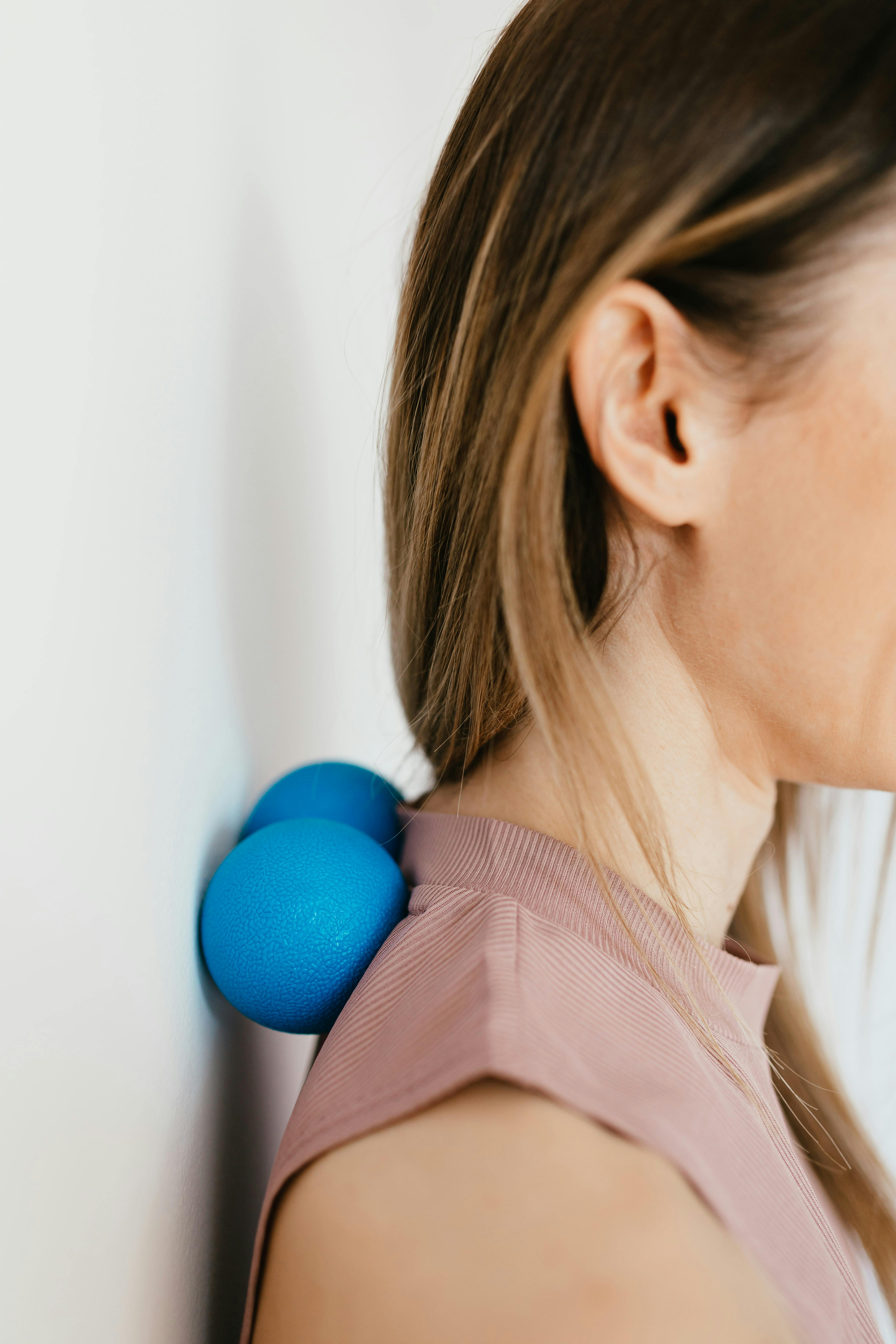Natural Pain Management: Benefits of Applying Massage Techniques During Labour

Childbirth, a magnificent yet challenging part of life, signifies new beginnings. While the experience varies for every woman, the discomfort and pain that come with labour are practically universal. In our quest to alleviate this pain, we have created numerous methods and techniques. However, natural, non-pharmacological methods like massage hold their unique advantages. One such technique that is gaining popularity is the practice of massage during labour.
Understanding Massage Techniques in Labour
Labour massage is a natural strategy used to alleviate the discomfort experienced during childbirth. It's a hands-on technique that requires the applyer, usually a birth partner, doula, or midwife, to perform deliberate strokes on the woman's body during labour. Massage in labour encompasses a range of styles, from light touch massage to firmer pressure techniques. Each is designed to provide a comforting sensation, redirecting focus and lessening the intensity of pain.
Proven Benefits: Why Employ Massage During Labour
Massaging during labour has multiple benefits, not only in pain management but also in enhancing the overall childbirth experience. Here are a few proven advantages:
1. Alleviates Labour Pain: Massage creates a 'gate control,' where the brain focuses on the soothing feelings produced by the massage instead of the pain signals from labour. Consequently, this helps to reduce the perception of pain and discomfort.
2. Reduces Anxiety and Stress: Massage promotes relaxation by increasing endorphin levels, our body's natural painkillers, and reducing stress hormones. This calmer state may help cope with labour's demands and reduce feelings of anxiety or fear.
3. Fosters Connection: The physical touch involved in massage helps foster a sense of connection and support. This emotional support can create a positive environment, which is crucial during labour.
4. Boosts Stamina and Reduces Fatigue: Labour is physically demanding and can lead to exhaustion. Massage can reduce muscle tension and promote better movement, potentially boosting stamina and reducing fatigue.
Embracing Massage Techniques: A Practical Guide
The application of labour massage is relatively straightforward. It can be as simple as providing a comforting hand to hold or as complex as using specific massage techniques. A few handy techniques are:
1. Effleurage: It's a light, gentle, stroke often performed on the abdomen in a circular motion. It can be soothing, particularly during the early stages of labour.
2. Firm Pressure Massage: This technique works effectively during contractions. Applying firm pressure to the lower back or hip areas can help alleviate contraction pain.
Remember, the key to successful labour massage is communication. The woman must always feel comfortable and consent to the method used. Continuous feedback helps refine the technique to match the labouring woman's preferences.
Wrapping Up: Embrace a More Comfortable Birthing Experience
While every labour journey is unique, employing techniques like massage can make this process more bearable and pleasant. As we understand more about natural pain management methods, it's clear that a simple touch can have powerful implications during childbirth. Embracing natural techniques may offer a more positive labour experience for many women-setting a path that respects nature’s design while ensuring optimum comfort.
Remember, even though massage during labour provides significant advantages, it should not exclude other types of support or replace medical advice. Always ensure you have an open line of communication with your healthcare provider to facilitate a safe and healthy birthing experience.





